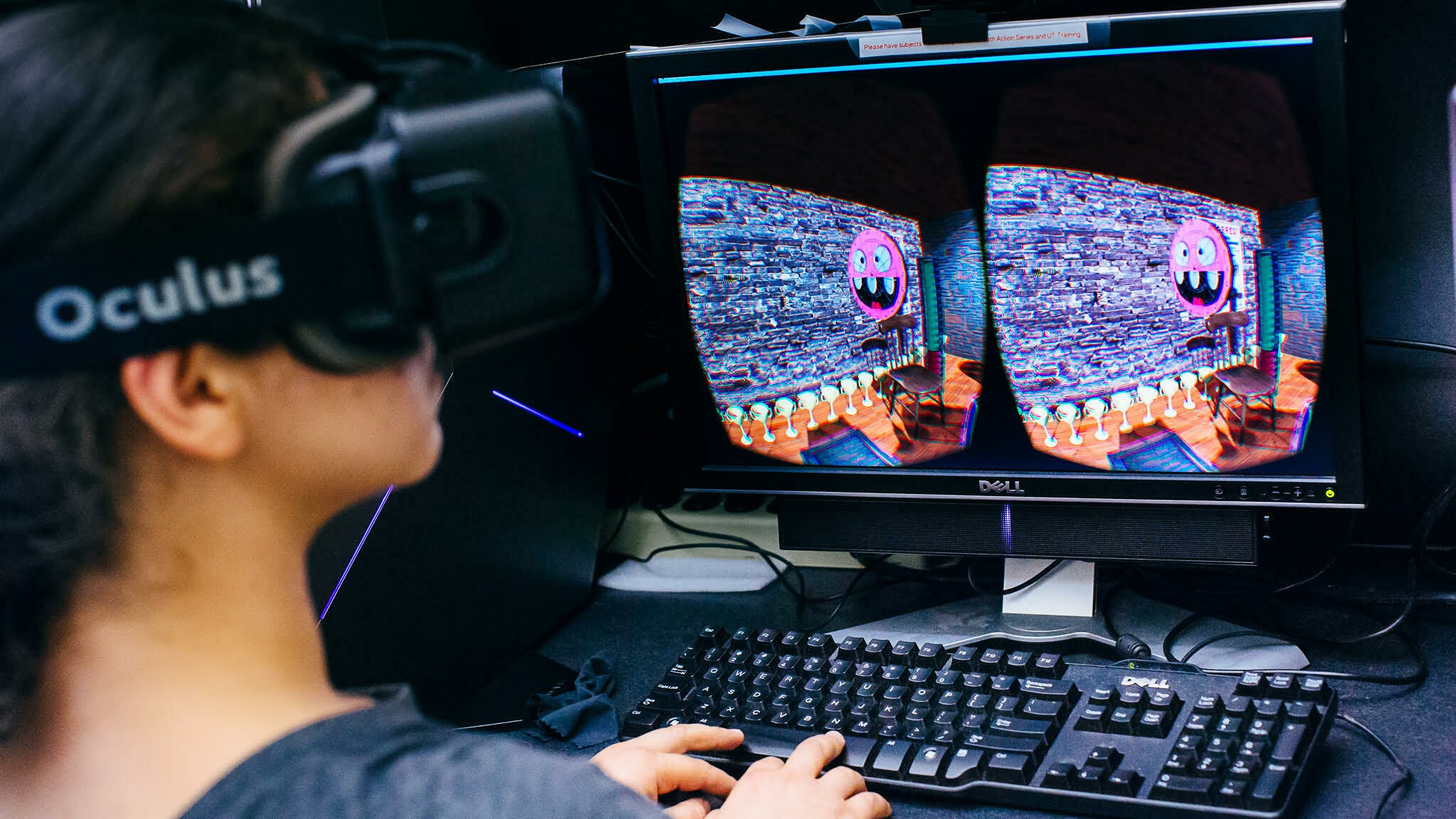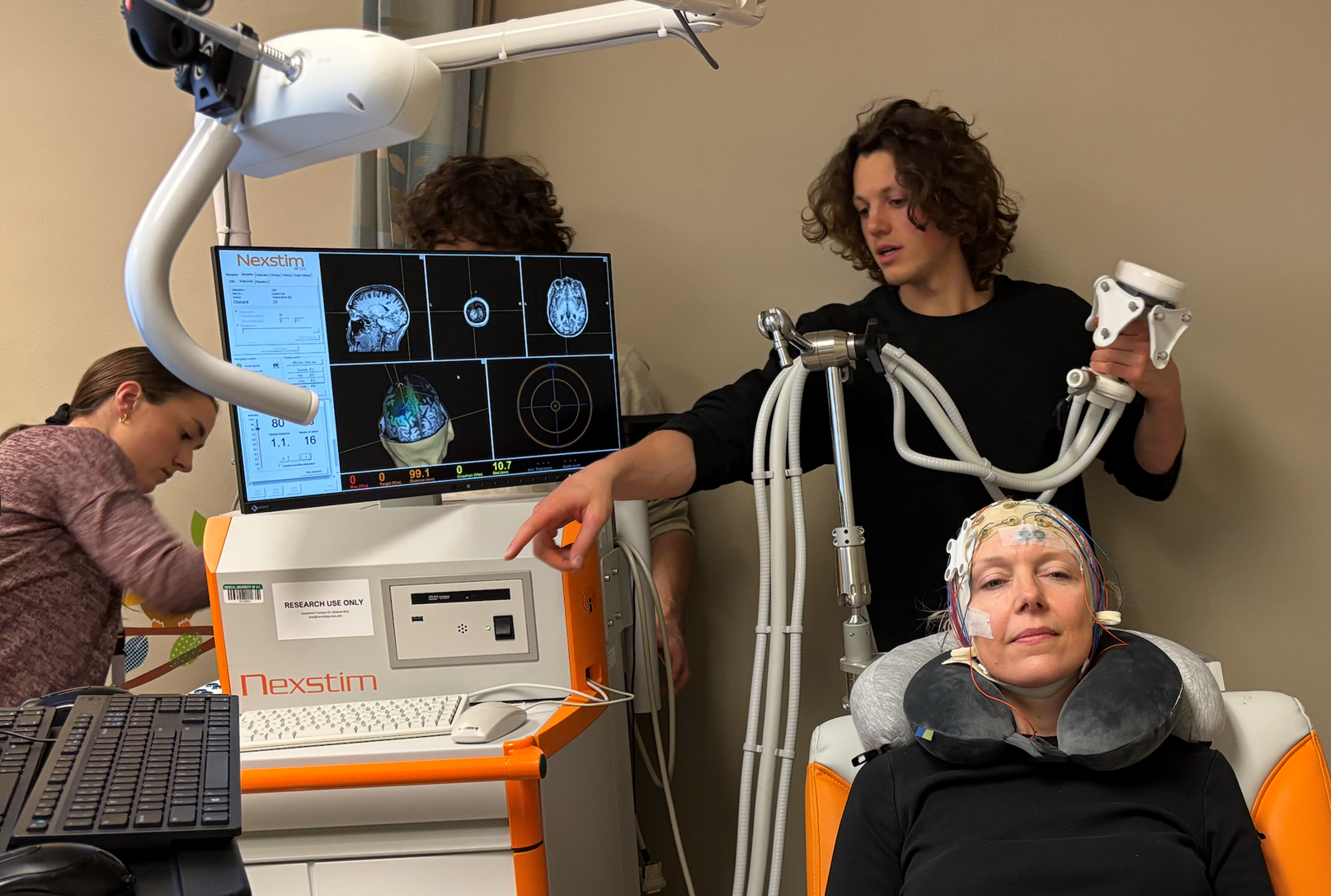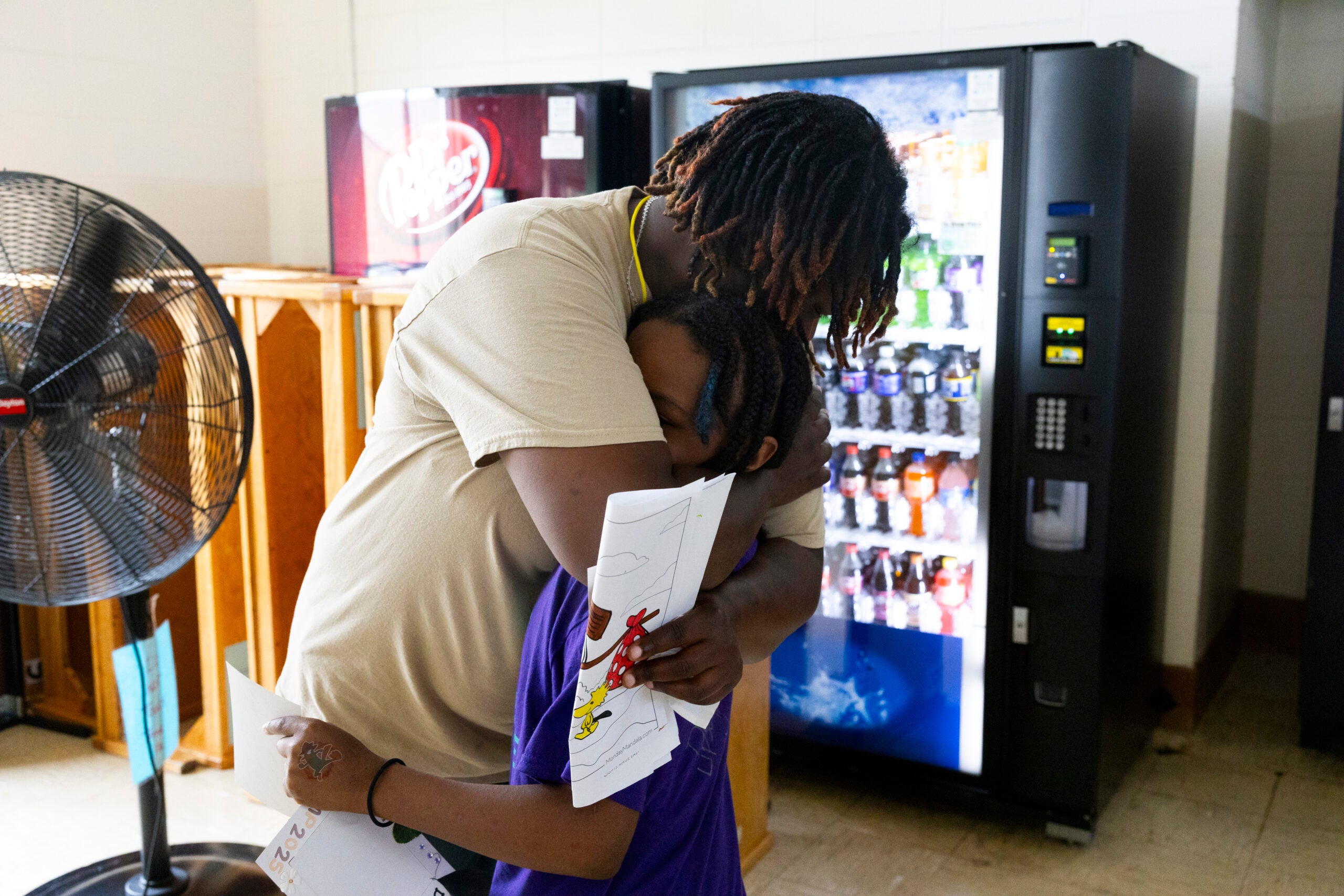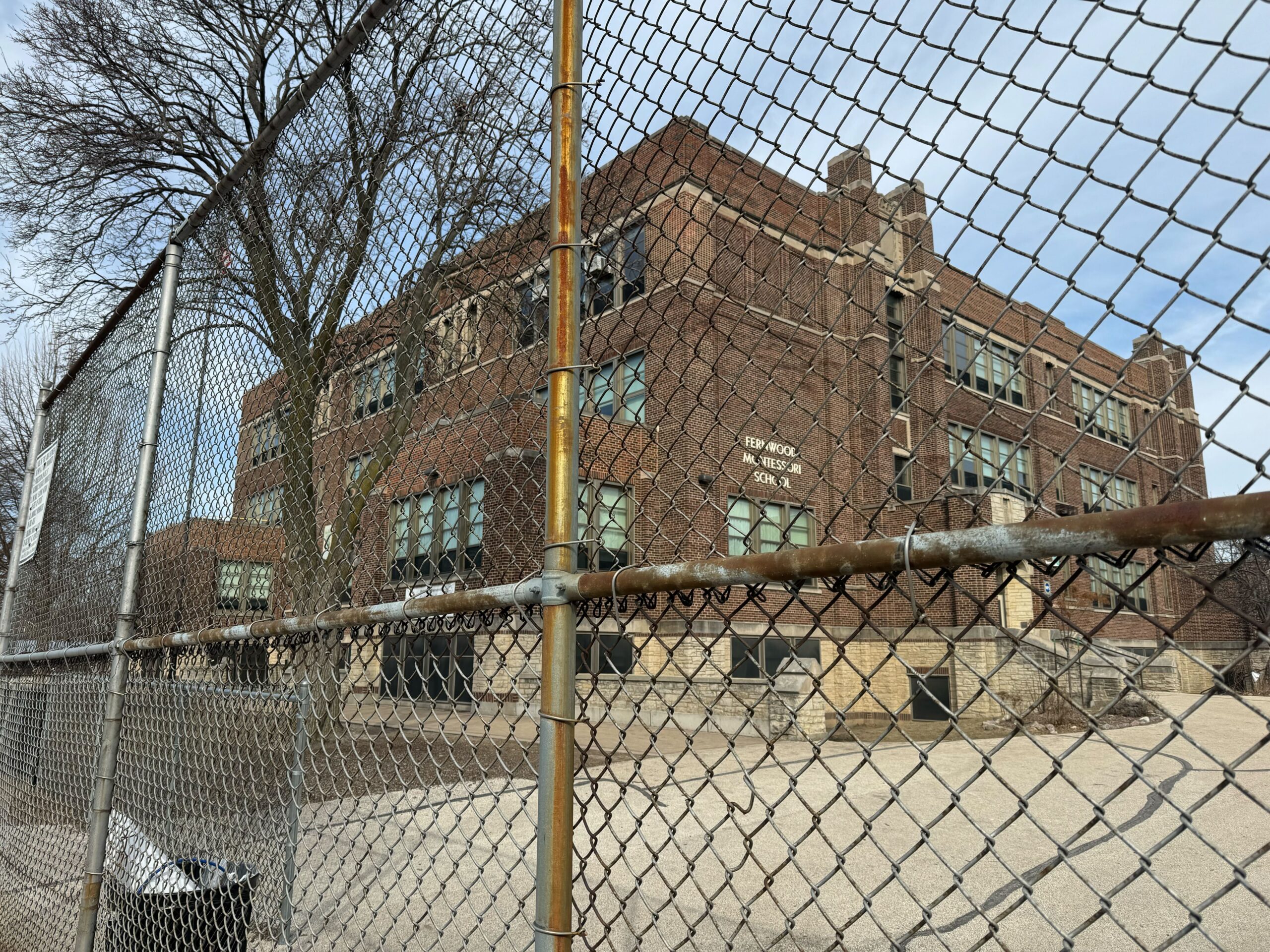Amblyopia, or lazy eye, is the most common cause of vision loss in children. And the condition, which compromises depth perception, can last into adulthood.
But until recently, treatments for amblyopia hadn’t changed much.
The standard approach relies on an eye patch over the stronger eye to force the brain to rely on the weaker, or lazy, eye. It works most of the time, but isn’t perfect.
News with a little more humanity
WPR’s “Wisconsin Today” newsletter keeps you connected to the state you love without feeling overwhelmed. No paywall. No agenda. No corporate filter.
Now, several research teams are taking a new tack that aims to get the brain to make better use of the information coming from both eyes. Several companies have popped up that are working on therapies based on this new angle.
Competition in the brain leaves the weaker eye out
The visual deficits for people with amblyopia aren’t always obvious. They can have trouble pinpointing things in space. Depth perception problems may cause them to squint often. Why? Because there’s an unseen competition over the visual signals in their brain.
“In all cases of amblyopia, there’s a stronger eye and a weaker eye, and it’s winner-take-all in the cortex,” says Elizabeth Quinlan, a neuroscientist at the University of Wisconsin-Madison. She studies amblyopia and says that issues with an eye can be corrected. Visual problems persist because of the signals the eyes send to the brain. “The cortex learns to ignore the signal from the weaker eye.”
By ignoring the weaker eye, the brain doesn’t fuse images from both eyes. As a result, people with amblyopia can have trouble seeing in 3D.
In an attempt to remedy this, doctors start treating patients with amblyopia at a young age, while their brain pathways are still developing. The children, usually under 7 years old, are often told to wear an eye patch over their strong eye.
But whenever the eye patch is removed, the competition can start over. Kids typically wear the patches for a couple of hours a day for a few weeks or months. For lasting improvement, new therapies need to teach the brain to stop suppressing key visual cues coming from the weaker eye, says neuroscientist Dennis Levi of the University of California, Berkeley.
“You have to get used to paying attention to that information and using it,” Levi says.
Researchers like Levi are working on ways to encourage both eyes to work together.
Virtual reality trains the brain while kids watch cartoons
Companies have sprung up to design new treatments as well. One is called Luminopia.
“We were just very surprised to see that in this day and age, eye patches were the standard of care for such a prevalent condition,” says Luminopia CEO Scott Xiao. “It felt like a very antiquated and archaic method,” Xiao says, noting that it can be difficult for parents to persuade their children to wear eye patches. “We set out to develop something better.”
Luminopia’s therapy involves having children watch videos like Sesame Street, SpongeBob SquarePants and Arthur through a virtual reality headset. As the children watch, the headset blocks out certain parts of the display for each eye.
“So the patients actually have to combine input from the two images to get the full video,” Xiao says.
The company conducted a trial showing that children with amblyopia begin to see better on eye chart assessments after three months of one-hour sessions done six days a week. But they have yet to measure improvements in depth perception and long-term effectiveness. The Food and Drug Administration cleared Luminopia’s treatment for marketing in 2021. It’s available by prescription and with insurance coverage has a copay of about $50 a month, Luminopia says. Typical treatment lasts three months or less.
Can you teach an old brain new tricks?
Luminopia’s treatment is for kids, not adults. Scientific dogma says that if people with amblyopia don’t learn to fuse signals from both eyes from a young age, they never will. Some scientists think attempting to treat adults, whose brains have suppressed signals from their weak eye for decades, is a lost cause.
“There are a lot of people, myself included, who fundamentally believe that this is something we may be able to change,” says Eric Gaier is a researcher and eye doctor at Boston Children’s Hospital.
Gaier owns a stake in Luminopia and has worked with the company to test its system. He says it’s just one approach to treating people with amblyopia. There are a variety of others being studied that might help adults.
In a recent pilot study, he gave adults with amblyopia the drug donepezil, which is used to treat dementia symptoms like memory loss. The scientists hoped the drug would jump-start the patients’ visual system, making their brain more receptive to signals from the weak eye. And sure enough, after taking the medicine, some began to improve.
“It was very promising to see this,” Gaier said. Further trials will need to test the medicine’s safety and efficacy for amblyopia, but Gaier is optimistic that adults could improve their vision someday. “There has to be some answer. And there may be new interventions that I and others haven’t thought of yet.”
Anna Marie Yanny is a science journalist in California, where she covers health and environment stories.
9(MDAyMjQ1NTA4MDEyMjU5MTk3OTdlZmMzMQ004))
© Copyright 2025 by NPR. To see more, visit https://www.npr.org.9(MDAyMjQ1NTA4MDEyMjU5MTk3OTdlZmMzMQ004))







